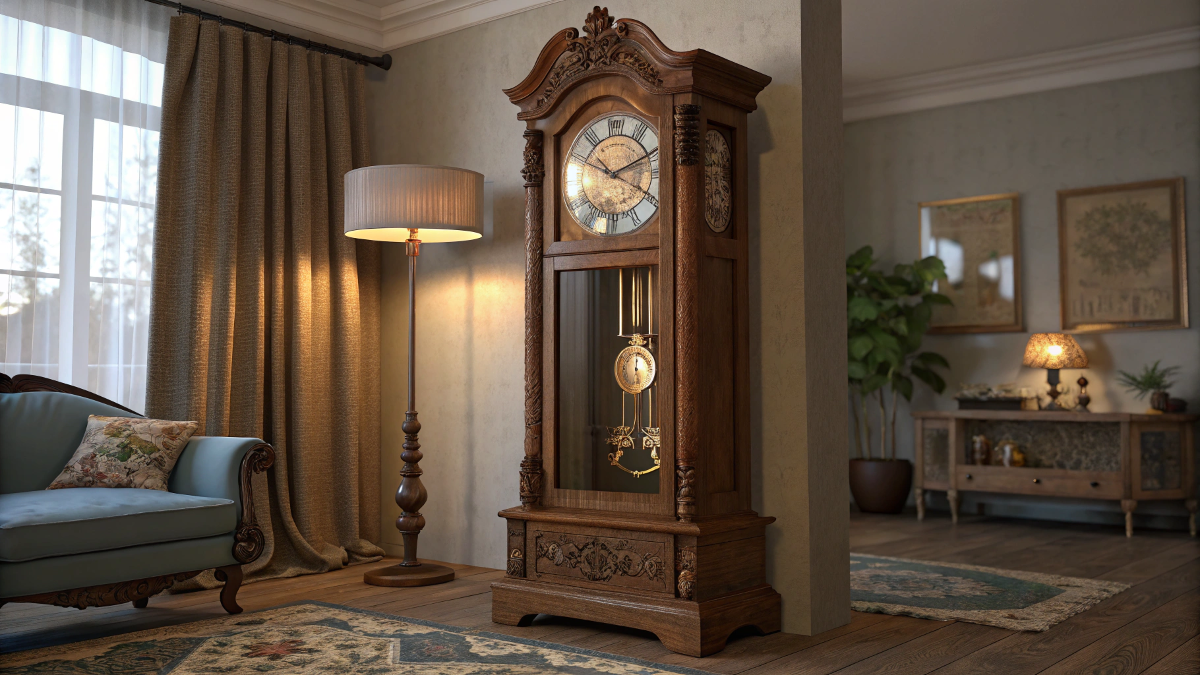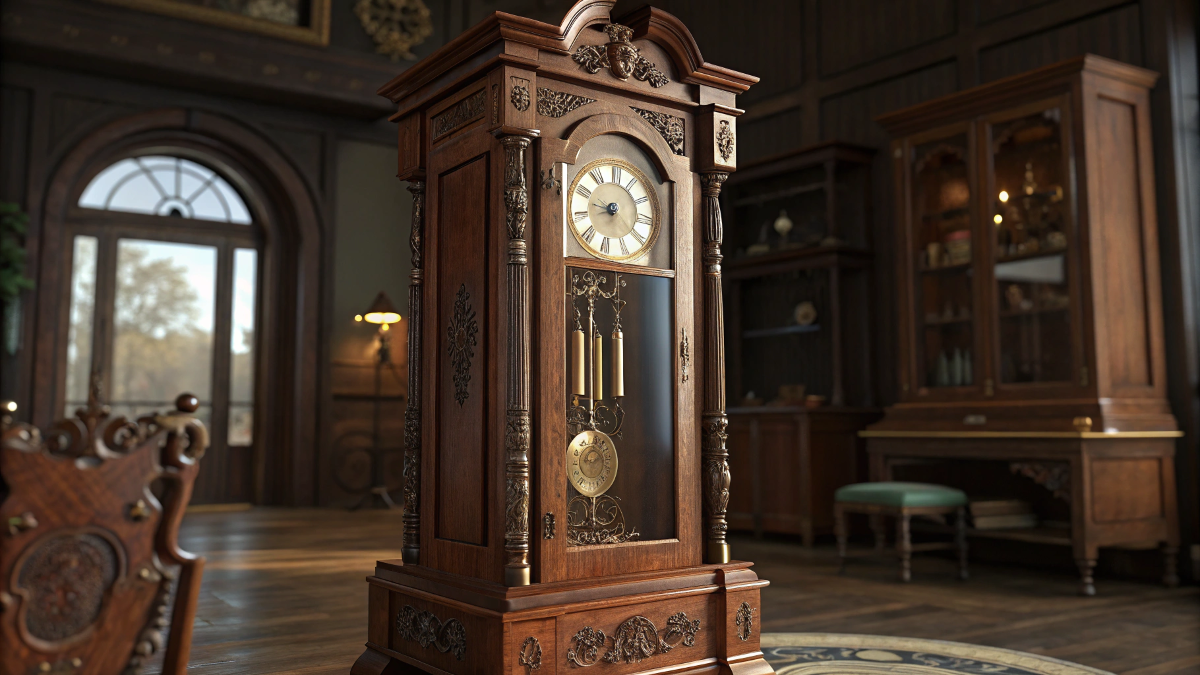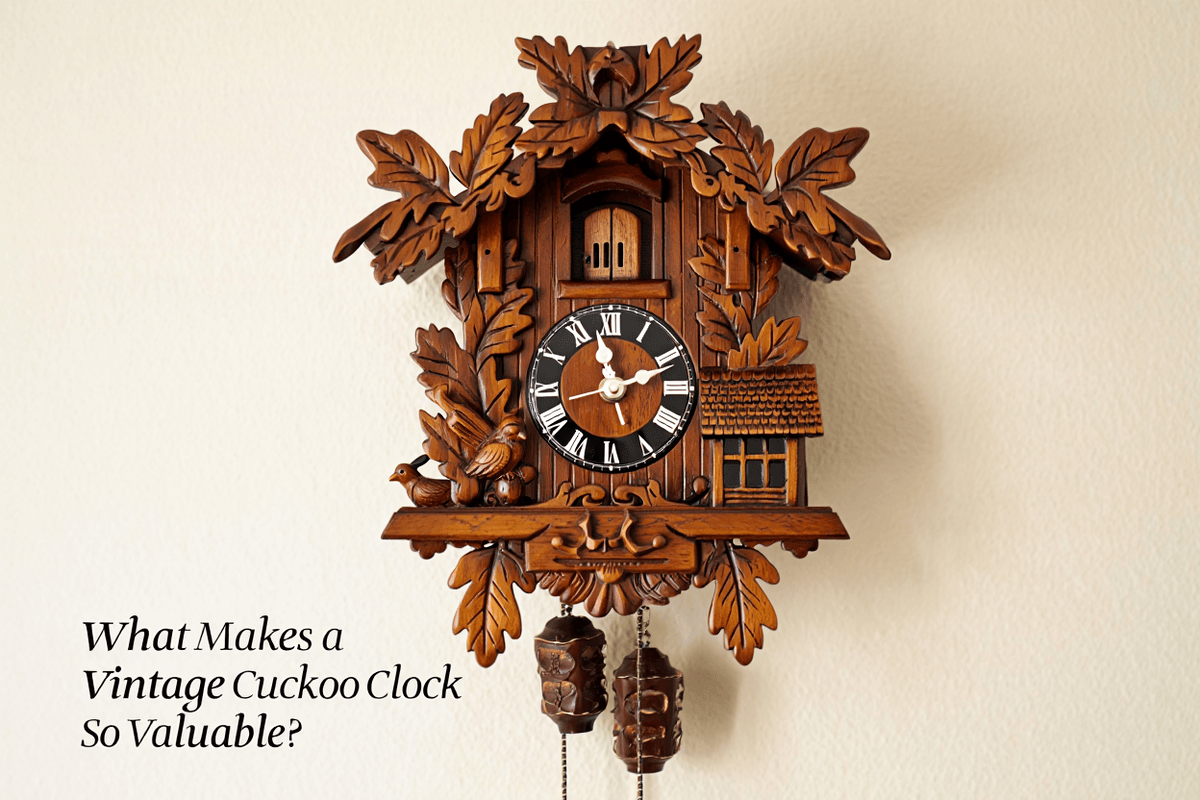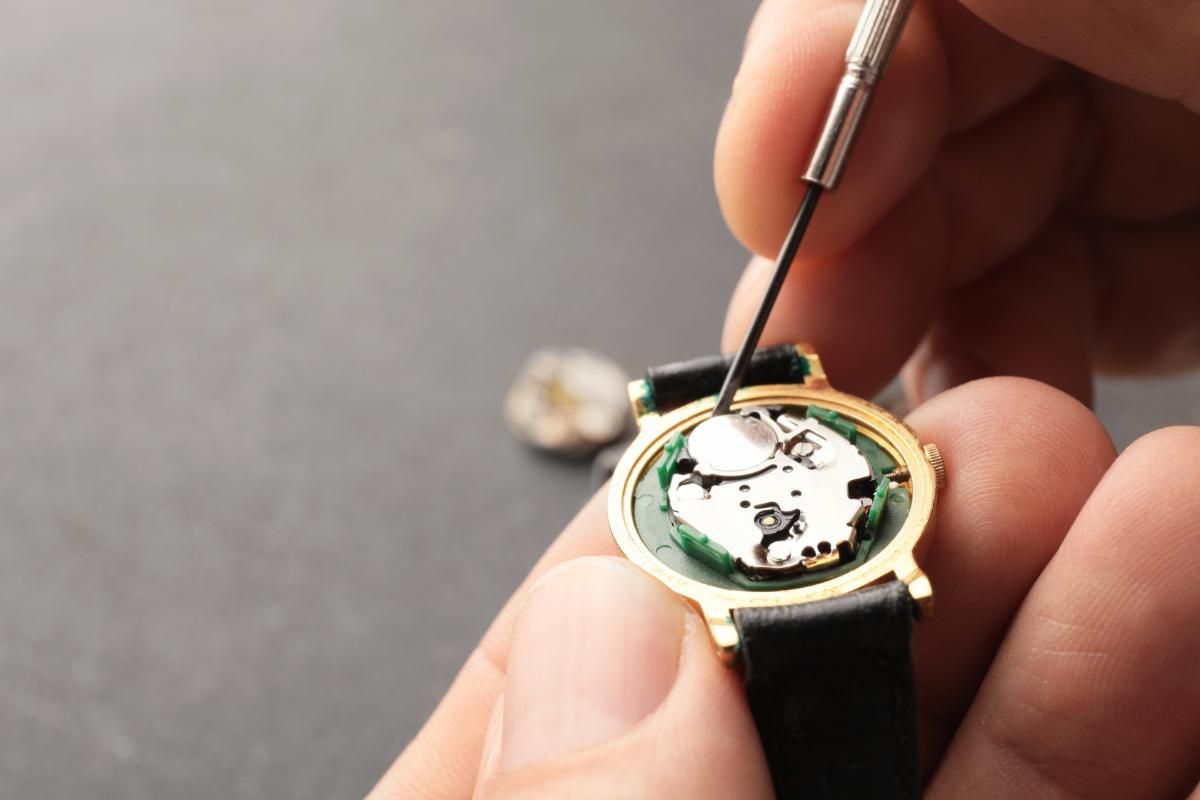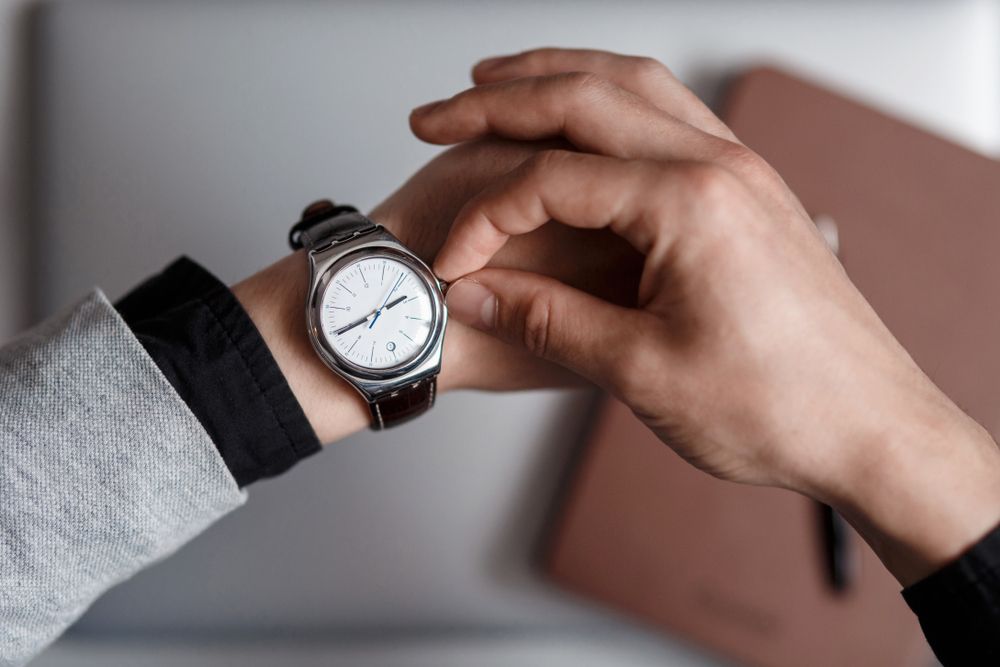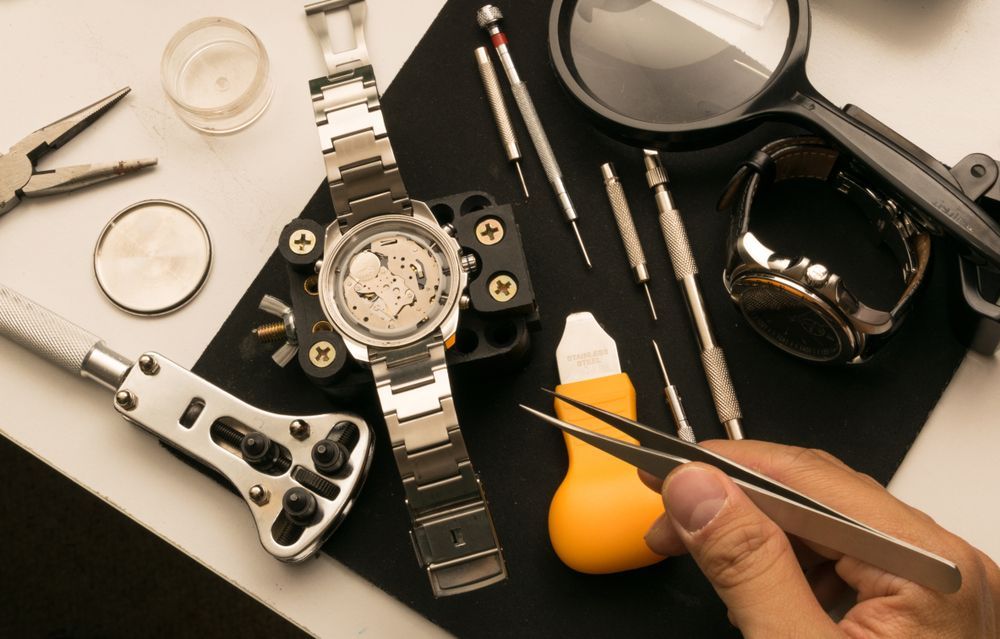How to Spot a Fake Vintage Watch Before You Buy
For collectors and enthusiasts alike, vintage watches hold a unique allure. They are not just timepieces; they are artifacts of craftsmanship, design, and history. However, with their increasing popularity and value, the market has become riddled with counterfeits. Spotting a fake vintage watch requires a discerning eye, a basic understanding of horology, and sometimes expert intervention.
Common Signs of a Fake Vintage Watch
Counterfeiters have become more sophisticated over the years. Still, even high-quality replicas often miss small but crucial details. Below are common red flags that should prompt a closer inspection.
1. Inconsistent Branding
Pay attention to brand logos and text. Authentic vintage watches exhibit precise, clean engravings or prints. Misspellings, uneven font sizes, or off-centered logos are instant giveaways. Compare the watch in question to verified images from reputable sources, including the manufacturer's archives.
2. Unrealistic Pricing
If the price seems too good to be true, it likely is. Vintage watches, especially from renowned brands like Rolex, Omega, and Patek Philippe, maintain or even increase in value over time. A suspiciously low price is often a red flag for counterfeit or poorly restored timepieces.
3. Incorrect Movement
The movement is the heart of a watch, and often the most telling indicator of authenticity. If you can open the case back (or have a professional do so), check the movement for branding, serial numbers, and quality. Counterfeits may use generic or quartz movements instead of the brand-specific mechanical ones found in true vintage watches.
4. Wrong or Mixed Parts
A vintage watch should be consistent with its era. Some counterfeiters use a mix of old and new parts to create "Frankenwatches"—timepieces composed of mismatched components. If the dial, case, hands, and movement seem like they belong to different models or eras, proceed with caution.
5. Artificial Patina
Patina is the natural aging of a watch and can significantly increase its value. However, fake watches often have artificially induced patina to mimic authenticity. Look for inconsistencies in the wear—uneven coloring, suspicious rust spots, or obvious chemical treatment.
How to Verify a Watch's Authenticity Before Buying
Even if a watch seems genuine at first glance, a deeper evaluation is always wise, especially when making a significant investment. Here are some steps you can take to verify the authenticity of vintage watches before buying.
1. Do Your Homework
Start with thorough research. Familiarize yourself with the model you're interested in. Know what markings, dial design, case shape, and movement it should have. Forums, auction house archives, and manufacturer catalogs can be invaluable resources.
2. Ask for Detailed Photos
When buying online, request high-resolution images of the front, back, sides, and movement. A reputable seller will provide close-ups of the dial, lugs, crown, case back, and any serial or reference numbers.
3. Check the Seller's Reputation
Whether buying from an individual or a store, investigate their track record. Look for reviews, ratings, and feedback from other buyers. Trusted dealers often have a long history of successful transactions and transparent business practices.
4. Compare with Verified Listings
Use platforms like Chrono24, WatchCharts, and auction houses like Sotheby's or Christie's to compare the watch with verified listings. Look for discrepancies in design, layout, and configuration.
The Role of Serial Numbers and Hallmarks in Identifying Real Watches
Serial numbers and hallmarks are critical in identifying genuine vintage watches. They provide not only proof of authenticity but also clues to a watch's history and production timeline.
1. Serial Numbers
Each watch should have a unique serial number—typically engraved on the case back, between the lugs, or on the movement. These numbers can be cross-referenced with the manufacturer's database or collector reference guides to determine the production year and model authenticity.
Tip: Be wary if the serial number is missing, altered, or appears in an incorrect location. Some counterfeiters remove or re-engrave numbers to mimic high-value models.
2. Reference Numbers
The reference number identifies the watch model. Cross-checking the reference number with catalogs or the manufacturer's website can confirm whether the style and movement match what's expected.
3. Hallmarks and Manufacturer Stamps
Many luxury brands use proprietary stamps on their cases, clasps, and movements. For example:
- Rolex uses a coronet logo and specific font styles.
- Omega has caliber numbers and specific font engravings.
- Patek Philippe includes the Geneva Seal on many movements.
Understanding these hallmarks helps in quickly identifying discrepancies.
Trusted Methods for Getting a Watch Authenticated
While personal research and due diligence go a long way, nothing replaces expert verification. Here are some trusted ways to get a vintage watch authenticated:
1. Authorized Service Centers
Brands like Rolex, Omega, and others offer authentication and servicing. Sending the watch to an authorized service center ensures it is examined by trained professionals using manufacturer standards.
2. Independent Watchmakers
Reputable watchmakers and horologists can offer in-depth evaluations. Look for professionals with certification from the American Watchmakers-Clockmakers Institute (AWCI) or similar bodies. They can inspect internal components and verify part originality.
3. Third-Party Authentication Services
Online services such as WatchCSA or eBay Authentication Guarantee offer impartial evaluations for a fee. They typically require photos or shipping the watch to a central facility.
4. Appraisal Services
An appraisal from a trusted jeweler or horologist not only helps verify authenticity but also determines market value. Be cautious, however, of appraisers who lack specific expertise in vintage watches.
Where to Buy Genuine Vintage Watches Without Risk
Knowing where to shop is as important as knowing what to buy. Choosing a reputable source can minimize risk and ensure you get exactly what you pay for.
1. Authorized Retailers and Brand Boutiques
Some luxury watch brands offer certified pre-owned programs or occasionally sell restored vintage pieces. These are guaranteed to be authentic and properly serviced.
2. Reputable Online Marketplaces
Sites like Chrono24, Bob's Watches, and WatchBox have built strong reputations for selling authenticated vintage watches. These platforms often offer buyer protection, return policies, and in-house verification.
3. Auction Houses
Top auction houses like Sotheby's, Phillips, and Christie's regularly feature rare vintage watches. While prices can be high, authenticity is assured, and provenance is often provided.
4. Trusted Local Dealers
Supporting local businesses with a long-standing reputation in horology can provide a more personalized buying experience. You can physically examine the piece and often get after-sale support.
5. Watch Shows and Collector Events
Watch fairs and collector meetups can be good venues for spotting hidden gems. Always do your research on the seller and never rush a purchase.
Final Thoughts: Buy Smart, Stay Safe
Buying a vintage watch should be an exciting and rewarding experience. With the right knowledge and a cautious approach, you can avoid fakes and add a genuine piece of horological history to your collection. Always take your time, ask questions, and when in doubt, get a second opinion.
Vintage watches are not just about style; they are investments in art, craftsmanship, and tradition. Don't let a counterfeit ruin your collecting journey.
Get Professional Help from Chicago Clock Company
At Chicago Clock Company, we understand the value of time, both in terms of craftsmanship
and your personal schedule. Whether you're in the market for a used watch, need expert advice
on choosing your next piece, or require professional watch repair or battery replacement,
we're here to help.
- Expert clock and watch repair
- Battery replacement while you wait
- Wide selection of new and used timepieces
- Free estimates—no appointment necessary

